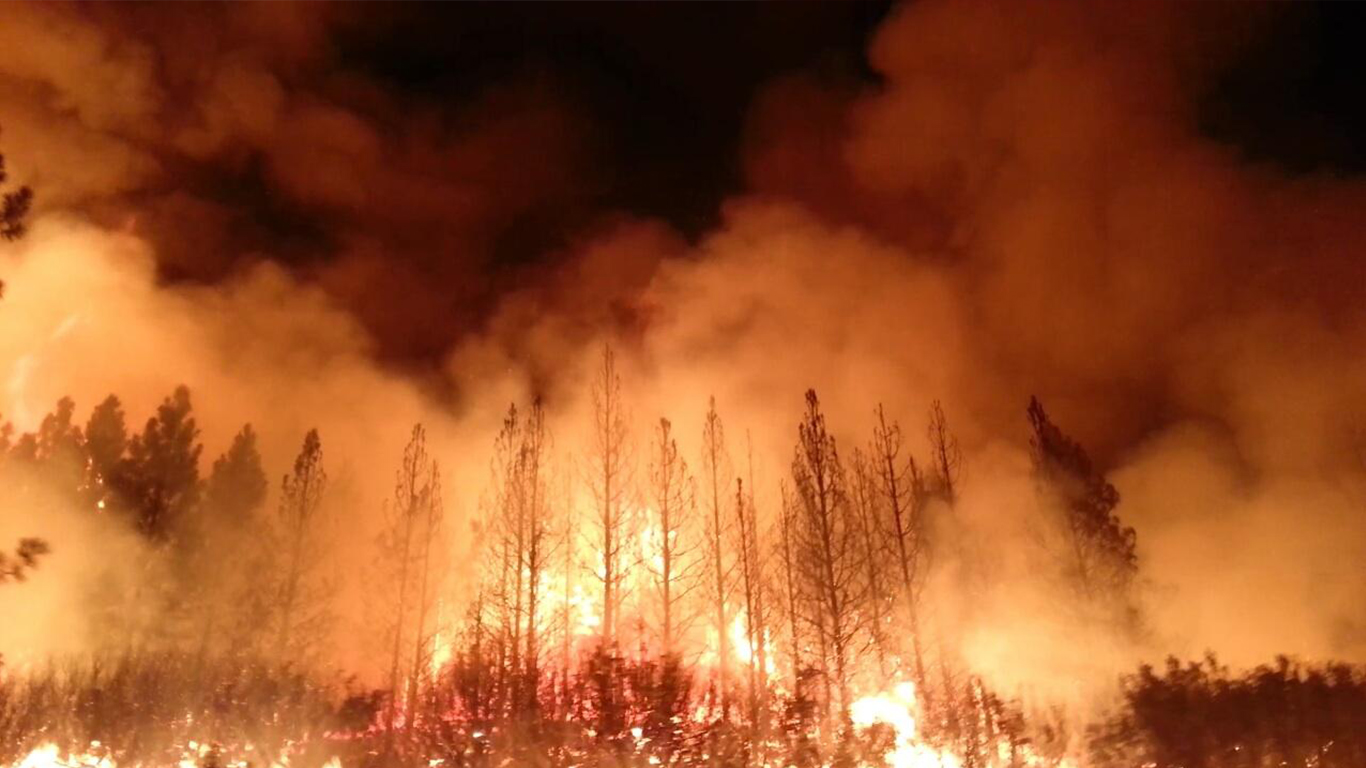Energy
What California's Renewable Energy Bill Means for Customers Near and Far

Published:
Last Updated:

The California state legislature on Tuesday approved a bill that requires 100% of electricity sold in the state to come from renewable sources by 2045. The legislation also requires electricity generators and other service providers to general 60% of their power from renewable sources by 2030, an increase from the current goal of 50%.
Now that the bill has been passed by both the state Assembly and Senate, it needs only Governor Jerry Brown’s signature to become law. There is not much doubt that Brown will sign the legislation, but he has been unusually quiet during the debate. Former governor Arnold Schwarzenegger and former U.S. Vice-President Al Gore both weighed in with their support.
Analysts at Credit Suisse were quick to weigh in as well. The firm sees the bill creating additional demand for electricity generation using wind and solar over the next decade and being a positive for wind, solar, hydro, geothermal, and fuel cell generation in the state.
Credit Suisse’s big winners may be surprising:
However, we believe the bigger winners would be battery storage and long-distance transmission, which would be required to balance intermittent renewable sources and connect more utility-scale renewables in new locations, especially as the bill explicitly rules out any CO2 emitting energy technology (i.e. natural gas turbines) in the whole western grid.
The analysts do not foresee any impact on renewable energy stocks “in the near term” because the new standard is dated beyond the next decade. No one is going to go on record about something that is still 30 years away.
The California legislature also is considering a bill that requires the California Public Utilities Commission to determine if a utility’s costs and expenses related to last year’s wildfires are justifiable. The bill outlines what costs are recoverable and would allow investor-owned utilities to seek recovery through ratepayer protection bonds and fixed surcharges. The legislation could have a major impact on the estimated $15 billion in damage caused by the 2017 fires.
One thing the analysts didn’t mention is the impact the California legislation will have on other western states. California now buys renewable energy from as far away as Montana and, as 2050 gets closer, demand for renewable energy will rise. Can new sources of renewable energy be built quickly enough at a cost reasonable enough to meet demand? How far away can wind or solar farms be built and still not incur sky-high transmission cost? Will battery storage improve enough to benefit the shift to what are currently intermittent sources? The list of questions goes on.
There are good reasons for the California legislature to face these issues now. The latest report on the effects of climate change on the state was released Monday and included a new estimate of possible sea level increase that could reach 9.0 feet, well above the previous estimate of 5.5 feet. The report noted an increase of 1 to 2 degrees in the state’s average temperature since the beginning of the 20th century and said that temperatures could rise by 5.6 to 8.8 degrees by 2100. Wildfires, already the cause of severe damage in the state, could double the forest area burned.
Anything that the country’s most populous state can do to reduce its carbon emissions benefits both the state’s residents and the world population as a whole. But California by itself can’t stop warming. That requires an international commitment, one that the United States recently rejected.
The last few years made people forget how much banks and CD’s can pay. Meanwhile, interest rates have spiked and many can afford to pay you much more, but most are keeping yields low and hoping you won’t notice.
But there is good news. To win qualified customers, some accounts are paying almost 10x the national average! That’s an incredible way to keep your money safe and earn more at the same time. Our top pick for high yield savings accounts includes other benefits as well. You can earn up to 3.80% with a Checking & Savings Account today Sign up and get up to $300 with direct deposit. No account fees. FDIC Insured.
Click here to see how much more you could be earning on your savings today. It takes just a few minutes to open an account to make your money work for you.
Thank you for reading! Have some feedback for us?
Contact the 24/7 Wall St. editorial team.